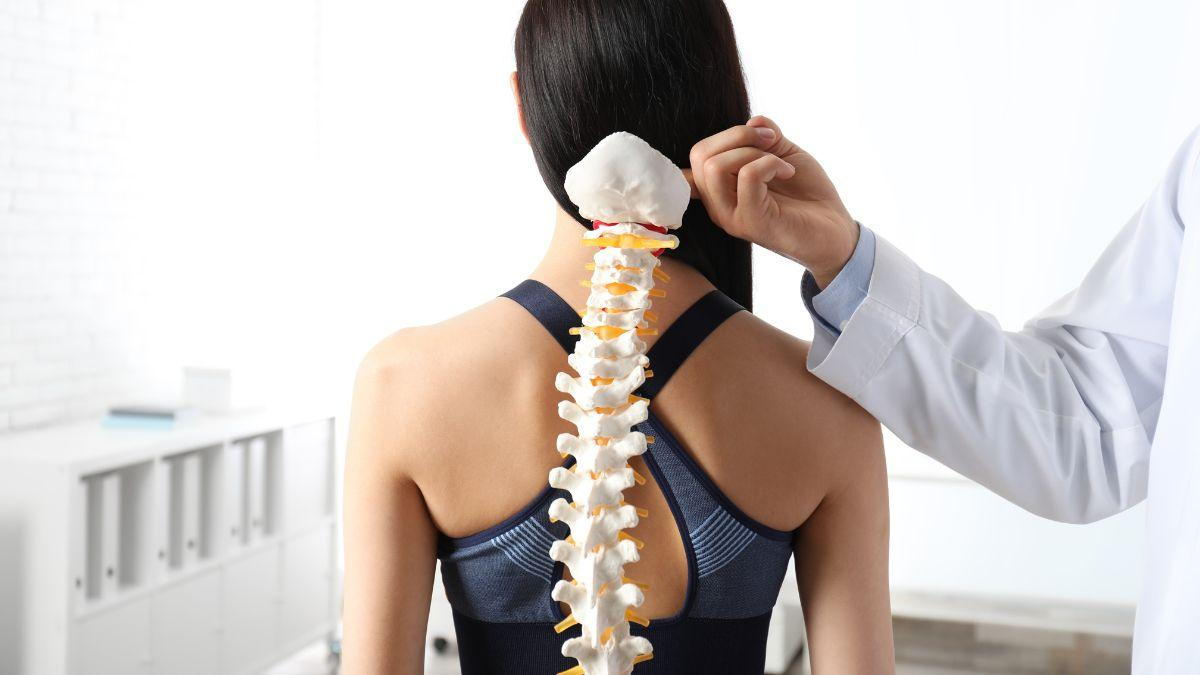
Spinal stenosis is a common condition that affects many individuals, especially as they age. It happens when the spinal canal narrows, putting pressure on the nerves and causing numbness, pain, and weakness in the back and legs. While there are various treatments available for spinal stenosis, one option that has gained popularity in recent years is the spinal decompression device. In this blog, we will explore how spinal decompression works and how it can help alleviate the symptoms of spinal stenosis, providing relief and improving overall quality of life. So, keep reading to learn more about this innovative treatment option!
What is Spinal Decompression Therapy?
Spinal decompression therapy is a non-invasive treatment that involves gently stretching the spine using a traction table or device. This stretching creates negative pressure within the spinal discs, allowing herniated or bulging discs to retract and take pressure off the nerves. It also promotes the movement of oxygen, water, and nutrients into the discs, facilitating healing and reducing inflammation.
Can Spinal Decompression Help Spinal Stenosis?
Yes, spinal decompression therapy can provide significant relief for individuals suffering from spinal stenosis. The stretching and decompression of the spine helps to open up the narrowed space in the spinal canal, reducing pressure on the nerves and alleviating symptoms such as pain, numbness, and weakness.
Spinal decompression therapy works by utilizing advanced postural-positioning capabilities, such as those found in the Antalgic-Trak spinal decompression machine. This technology allows for a more customized and comfortable treatment posture, as well as passive range-of-motion movements to improve targeting of the affected area. By using computerized traction technology, therapists can also adjust the parameters to each patient's specific needs, ensuring optimal results.
The Benefits of Spinal Decompression for Spinal Stenosis
In addition to providing relief from spinal stenosis symptoms, spinal decompression therapy has several other benefits:
Improved posture and flexibility:
By reducing pressure on the nerves and promoting healing in the discs, decompression therapy can help improve overall posture and flexibility.
Reduced pain and discomfort:
As the spine is gradually stretched and realigned, the tension and pressure on the spinal discs, nerves, and joints are reduced, resulting in less pain and discomfort.
Enhanced quality of life:
With less pain and improved mobility, patients can experience a better quality of life and participate in daily activities with more ease.
Non-invasive treatment option:
Unlike surgery or medication, spinal decompression therapy is a non-invasive treatment that does not involve any incisions or medications, making it a safe and effective option for many individuals.
In Conclusion
If you are looking for an innovative and non-invasive treatment for spinal stenosis, consider incorporating spinal decompression therapy into your practice. The device not only provides relief for patients with spinal stenosis but can also help those suffering from a herniated disc, sciatica, and degenerative joint disease. With the advanced capabilities of the Antalgic-Trak, it is no wonder this treatment option has become increasingly popular. Contact us today to learn more about how this technology can benefit your patients and improve their overall quality of life.
